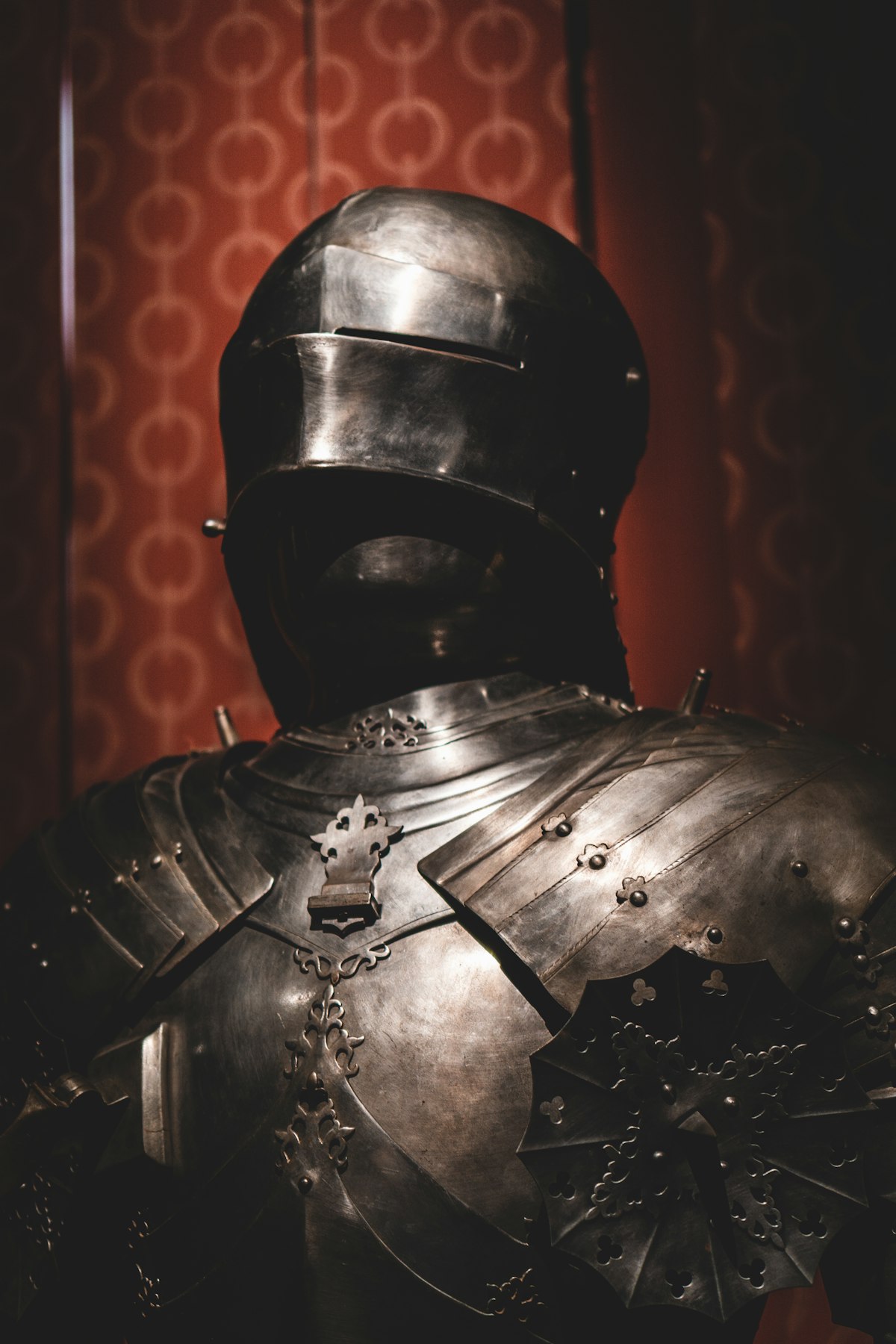The Crusades

Pope Urban II started the crusades for more than just one reason. The first (and most obvious) reason was to reconquer Jerusalem, which was occupied by the Muslims. Another reason might have been that Pope Urban wanted to force the Byzantines to convert to Catholicism and thus unify the Churches.
The first crusade started in 1096 and ended in 1099. It was one of the only crusades that actually accomplished something (other than killing tons of Muslims). The armies attacked Jerusalem and actually conquered it.
The second crusade started in 1147 and ended in 1150. At this time, Jerusalem was in the hands of the Christians. This time, the Crusaders wanted to wipe out the entire Muslim population around Jerusalem, and it failed because there were too many Muslims to fight.
The third crusade (1189–1192) was a failed attempt to reconquer Jerusalem after it was taken by Saladin (an Egyptian Sultan). This time, the Crusaders brought their greatest kings, Richard of England, Philip II of France, and Frederick I of The Holy Roman Empire. They attacked Saladin but did not manage to take Jerusalem, which would remain in the hands of the Muslims until the Sixth Crusade.
The fourth crusade (1202–1204) was when the Crusaders, instead of attacking the Muslims and trying to retake Jerusalem, instead conquered Constantinople.
The fifth, seventh, eighth, and ninth crusades all had the same endings: the Crusaders' purpose was to reconquer Jerusalem and were stopped in their attempt either by the Muslims or the Mongols (the eighth and ninth had to pass through their territory to get to Jerusalem).
The sixth crusade started like a normal one, but when Frederick II saw that things were going south, he negotiated with the sultan and managed to win the Holy Lands for the Christians through diplomacy.




